Getting enough protein can be a struggle for anyone, but vegetarians and vegans may find it especially difficult.
Coming up with a game plan requires some high-level strategizing, which can feel daunting, but given a proper strategy, vegetarian and vegan athletes—or even omnivores simply looking to limit their meat intake—can meet their protein requirements with relative ease.
So, if you’re new to a plant-based diet or just looking to step up your plant-based protein game, keep reading—because in this article, you'll discover the nuances of the plant-based protein problem and, more importantly, how to get more protein on a plant-based diet the simple way.
The Building Blocks of Protein
Most people understand the basics of protein: namely that it’s required for optimal health, performance, and the repair and building of tissue.
What many people don’t know is that proteins are comprised of smaller parts called amino acids.
Amino acids are the building blocks of muscle and serve as the catalyst for nearly every chemical process in your body. There are 20 amino acids in total, nine of which are classified as essential.
Essential amino acids (EAAs) are the ones that your body can’t produce itself—they must be acquired through diet, and we need adequate levels of all of them in order to function optimally and thrive.
So, when we talk about getting enough protein, what we’re really talking about is getting the right amount of all of the EAAs.
Complete vs. Incomplete Proteins
Not all proteins are created equal. Every single dietary source is made up of different combinations of amino acids and are characterized according to how much of each EAA they provide.
Foods that contain adequate amounts of all of the EAAs are known as complete proteins. Animal foods have complete EAA profiles, as do a select number of plant foods.
Foods that are missing one or more of the EAAs are classified as incomplete proteins. Most plant foods have incomplete EAA profiles, which means that you must strategically combine them to meet your needs.
The Plant-Based Protein Problem
So, your body needs adequate levels of all of the EAAs in order to function optimally...yet most plant foods have incomplete EAA profiles.
That’s where plant-based diets can get tricky.
In order to meet your protein needs on a plant-based diet, you need to know which plant foods provide complete EAA profiles and which are incomplete and need to be balanced out.
And on top of that, your body isn’t even able to absorb all of the protein you eat. The bioavailability of plant-based EAAs is generally lower than that of animal sources, so just because the package label says there’s protein doesn’t mean that your body is able to use it accordingly. This needs to be considered when you strategize your intake.
Basically, you need to eat the right amounts of the right kinds of plant-based proteins to meet your EAA needs. But before we get into the nitty-gritty of how to make that happen, you’ll first need to determine your daily protein requirements.
How to Determine How Much Protein You Need
The amount of protein you need each day depends on your age, gender, and activity level.
The current US recommended dietary allowance (RDA) is 0.36 grams per pound of body weight per day (0.8g/kg). However, this estimate does not account for active people, whose bodies need a little bit more to support training and recovery.
If you’re active, looking to lose weight, or build muscle, you’ll need a little more than the RDA: 0.75-1 gram per pound of body weight per day is the ideal level from which most people can benefit—even athletes.¹
So, in order to calculate your daily needs, all you need to do is multiply your bodyweight (in pounds) by .75-1.
That’s about 112-150 grams per day for a 150-pound person.
Once you know what your daily needs are, you can use a combination of these three simple methods to meet them.
3 Ways to Get Protein on a Plant-Based Diet
1. Plants With Complete EAA Profiles
The most straightforward way to get protein on a plant-based diet is to consume a variety of plants with complete EAA profiles. There aren’t many, but they’re out there!
The most popular and simple sources to integrate into your diet include:
- Tofu (20 grams of protein per cup)
- Quinoa (8 grams of protein per cup)
- Hemp seeds (6 grams of protein per cup)
- Buckwheat (6 g protein per cup)
2. Protein Combining
Another common way to ensure adequate protein intake is to combine two or more incomplete sources whose EAA profiles complement each other.
And contrary to popular belief, you don’t even need to eat them at the same time or in the same meal; just ensure that all of your EAAs are accounted for over the course of your day and your body will take care of the rest.
Classic pairings include:
- Beans and rice (7-15 grams of protein per cup, depending on the type of bean)
- Whole grain bread with nut butter (about 10 grams of protein per slice)
- Soups or stews that have both legumes and grains (7-15 grams of protein per cup)
3. High-Quality Supplements
Because plant proteins are generally harder to digest than animal sources, your body can only absorb and utilize a fraction of the EAAs they contain, which can complicate things for plant-based dieters who are looking to optimize their intake. Sprouting and soaking your grains, nuts, and seeds can help, but the process is time-consuming and not always practical.
The simple solution is to supplement your amino acid intake with plant-based options like isolates, blends, and vegan EAAs.
Isolates and Blends
Protein in plant foods can be isolated and extracted to make protein-rich powders, most of which contain anywhere from 15-30 grams of easily-digested protein per serving. This helps address the absorption problem, but unless the isolate is sourced from a plant like hemp or soy, it’s going to have an incomplete EAA profile.
So, if you want to invest in a plant-based protein powder, make sure it’s a blend of complementary isolates to ensure your EAA bases are covered.
Rice and pea protein isolates, for example, are a good one-two punch of complementary EAA profiles. You can also blend your isolate with complementary food, like mixing chia protein in oatmeal or throwing some nut butter in your pea protein smoothie.
Plant-Based EAAs
Strategizing and tracking your EAA balance across all of your plants and powders is beyond the capacity of most of us who aren’t also nutritional scientists.
If you’re looking for the absolute simplest way to cover your EAA bases, then using a high-quality EAA supplement is a no-brainer.
Cue Kion Aminos, one of the cleanest, most effective EAA formulations available. It’s 100% vegan AND contains all nine EAAs.
"I love using these aminos before a fasted state cardio and workouts. I also use them on recovery days and when I'm consuming plant proteins and want the full balance of essential aminos." -Scott A. (verified buyer)
Kion Aminos are perfect for vegan and vegetarian athletes looking to build serious muscle and stay energized for workouts.
Ki Points
As you can see, there are plenty of options for getting more plant-based proteins in your diet:
- Complete proteins such as tofu, quinoa, hemp seeds and buckwheat.
- Incomplete proteins paired together for all of the amino acids your body needs: beans with rice, whole grain bread with nut butter, and soups or stews that have both legumes and grains.
- Complementing your plant-based protein sources with high-quality EAAs to ensure you're getting all 9 EAAs.
Just remember: When you think about protein, keep in mind the importance of a balanced profile of EAAs that your body can easily digest.
Kion Aminos: Plant-based, all 9 EAAS.
Try Aminos NowScientific Research
https://examine.com/guides/protein-intake/



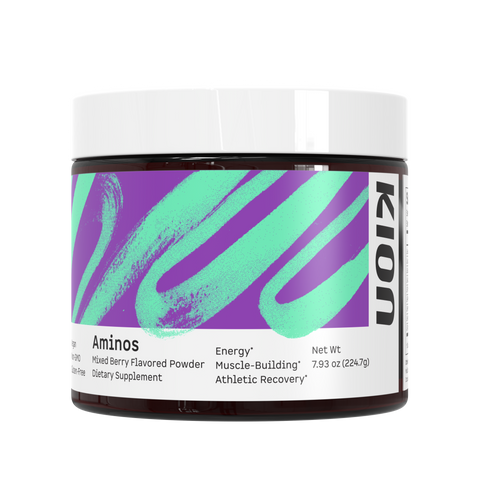
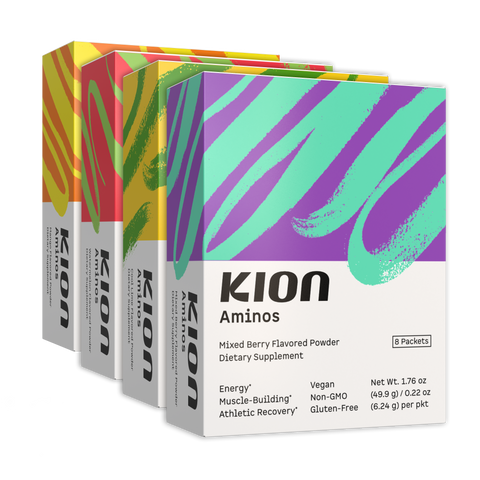
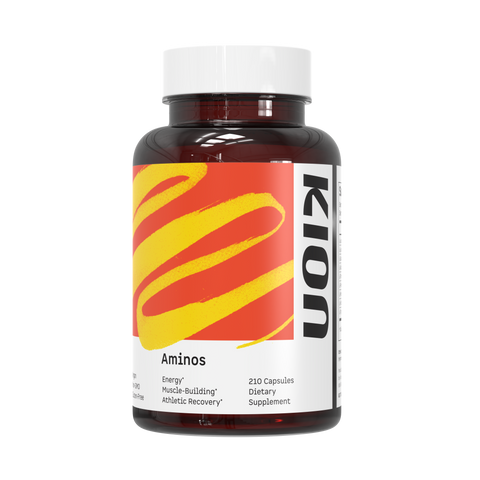
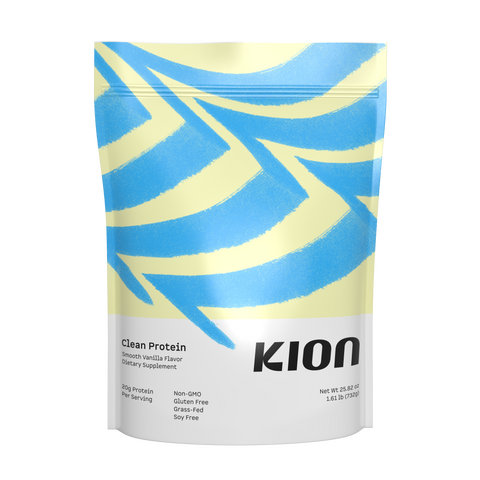
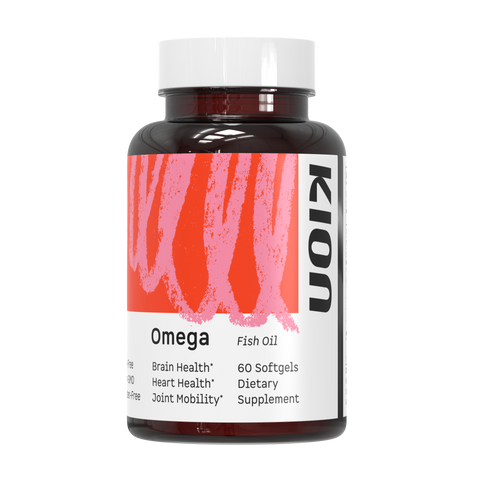
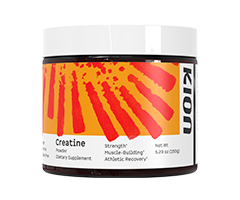
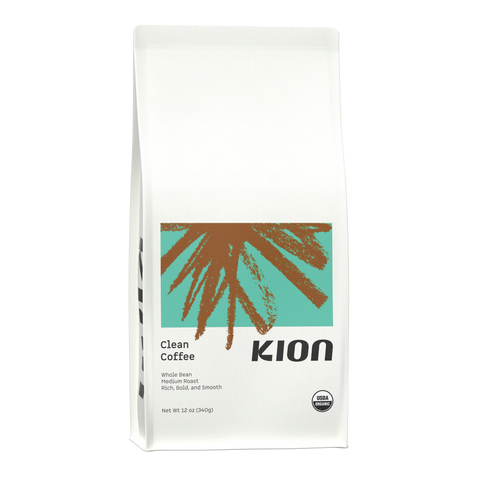
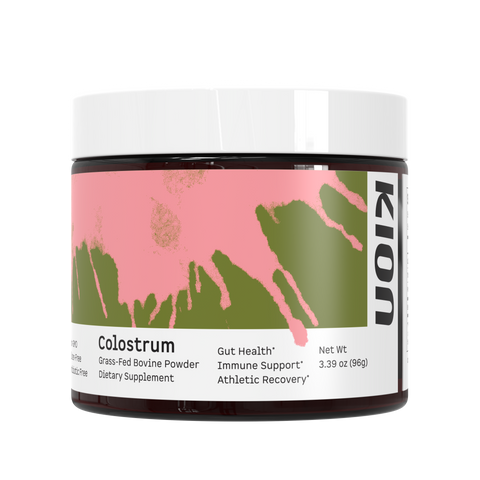








Comments
I’m 65 yrs and trying to make sure I feed my body better than ever. This info helps so thanks.
Joel Porras on